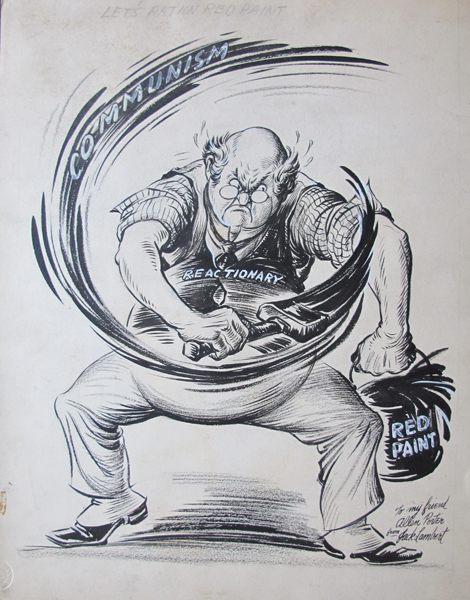Along with drawing and painting the figure, while I was in New York I renewed my familiarity with printmaking.
One frequently sees the term "print" used to refer to a reproduction of a work of art,. These can be posters, or the more expensive "giclees" produced digitally from photographs. In this post, I am discussing the older technology of making a print by hand on a printing press.
The "press" of rollers under pressure transfers the image from a metal plate, a block of carved wood, or other hand-prepared, inked surface into damp or very lightweight paper. The product can last for many centuries. You have probably seen such prints by Rembrandt, or woodblock prints by great Japanese artists of the past.
Printmaking is process-rich and lots of fun! It is thrilling to put a plate through the press and then raise the paper up, seeing the image in its new form. Having just joined a printmaking co -op in Anchorage, I will soon be doing more.
I got into printmaking in college, many years ago. I still have some of those pieces, here is one, a woodblock from about 1968.
Later, I took a class at University of Alaska. This etching titled "Family Portrait" from 1987, commemorates my time living on a boat in Kodiak with my young son, husband, and the dog. If it looks a little grim, well, it was!
The process of etching involves coating a metal plate with wax, cutting through the wax with tools to make the image, bathing the plate in acid to bite away grooves where the metal is exposed, putting ink into the grooves (or tiny dots, as the gray areas on this plate had) and running it through the press with paper. Voila!
At that same period I experimented with multicolor linoleum block printing, with this result, titled "Eden". (Forgive the reflections on the glass, this one was photographed in its frame.) The dark outline was carved and printed first, then each separate color was inked onto a piece of paperboard and dropped into place for a second trip through the press.
Here is a sequence of "states", or increasingly developed images, from my recent studies in New York. This is a simple etching.
State 1 of "Falling Sword":
A state midway along the process, after a few trips back to the acid bath and the press:
The last and seventh state. From here I can continue to develop the image, or print an edition of 20 or so, mat them, and sell them to people who want very affordable original art!
Finally, here is the plate. (The dark spot at upper left is just my shadow, its 's hard to take a photo of such a reflective material.) I love working with copper, it's lovely.
Re: the photos in this post, several are slightly distorted as they were taken quickly with a hand held camera. The corners really are square, despite what you see here. I preferred to get this post out quickly rather than set up the good camera and lens, that's a morning's work all by itself.
I hope this will give you some idea of the process and of the value of a genuine "print" made by hand, by a human printer on a real mechanical press.





































